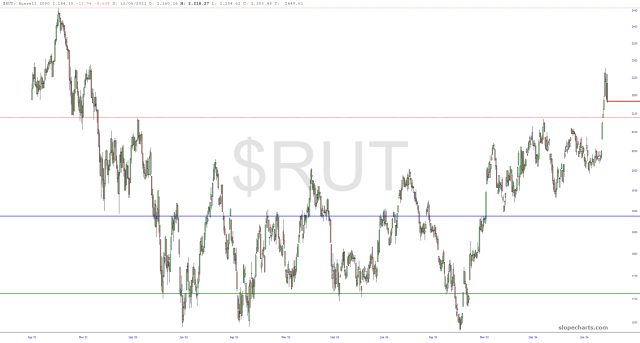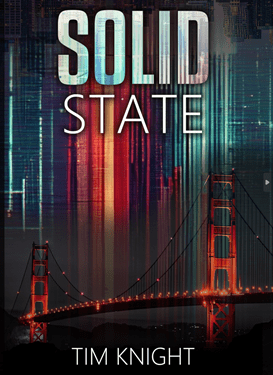It seems hard to believe it was so recent, but the highest level for the Dow Industrials in human history was only on Thursday, when it reached the lofty 41,376 (keep in mind, this sucker was 6,469 during the financial crisis). It reversed over 1,000 points within hours, and at this point, the next success for the bears would be a failure of the psychologically-important 40,000 leve.





